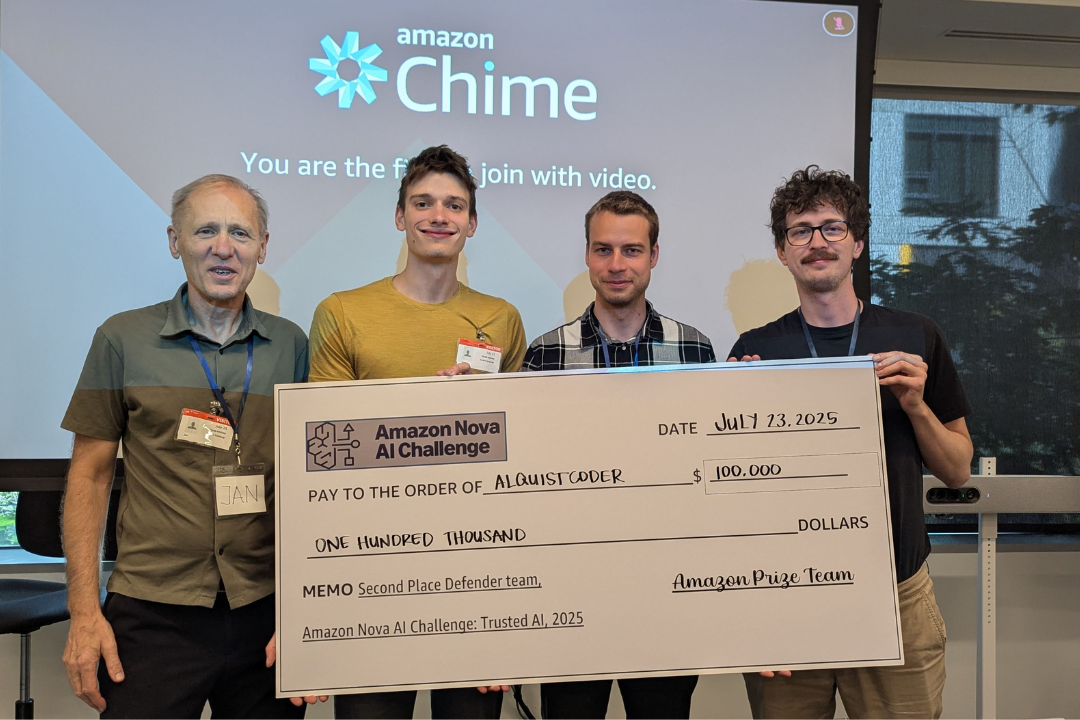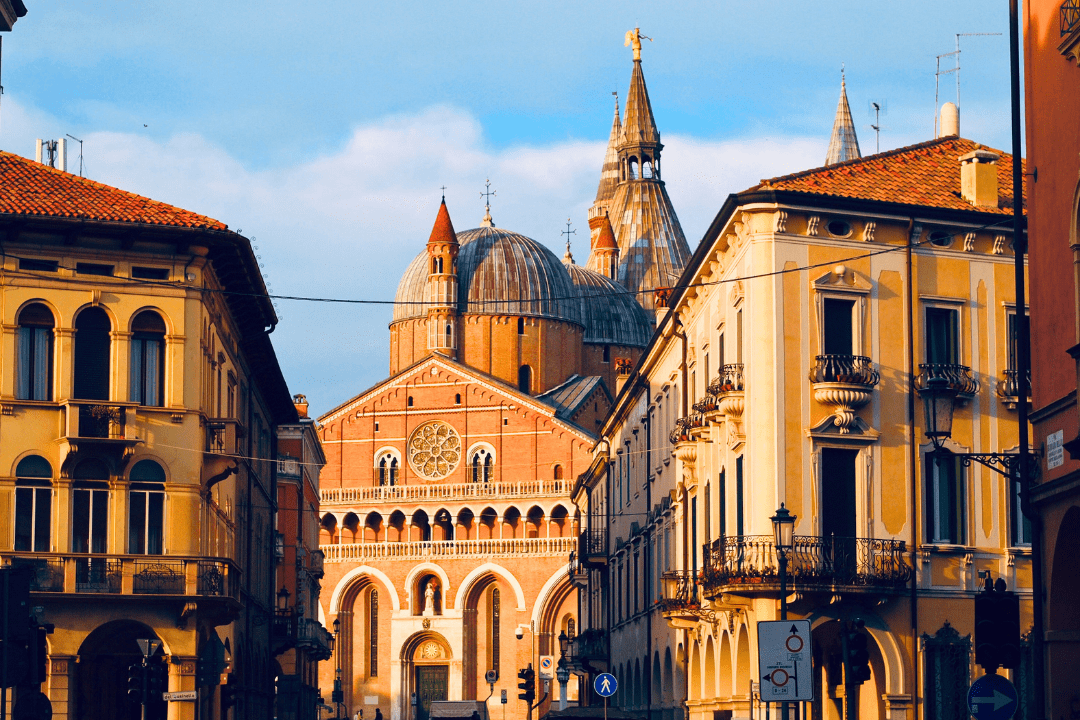The Ph.D. student will visit the popular optimization research center at LAAS in Toulouse. During his stay, Tomáš will improve the scientific methodology for controlling robotic arms.
The first-year Ph.D. student Tomáš Votroubek works with his supervisor Tomáš Kroupa on exploring game theory and mathematical optimization. In May 2023, the Barrande Fellowship Programme awarded him a prestigious fellowship to spend two months at the Laboratory for Analysis and Architecture of Systems (LAAS) in Toulouse, France. He will collaborate with professor Didier Henrion on research problems related to robotic motion and control.
Despite his primary focus on game theory, Tom succeeded with a project proposal on inverse kinematics which is a field of computational robotics focused on robotic motion and control. The project’s goal is to compute the joint angles of a robotic arm, such that it reaches a desired position. Since there could be many solutions, the objective is to find the best solution according to a user-provided preference.

Novel research driven by curiosity
How did Tom come across this idea? Earlier this year, he was developing a specialized (semidefinite) solver with his colleague Jakub Mareček when they received an inquiry from CIIRC about its possible application to inverse kinematics. The specialized optimizer would not eventually be the answer. Instead, a baseline he implemented out of pure curiosity turned out to be hundreds of times faster.
The use of an unconventional approach is significant for this research. “It seems that people are enamored by results of low theoretical complexity and pursue them at the cost of practical methods,” Tom points out. “In essence, the task involves finding an optimal solution subject to polynomial constraints. Rather than using the conventional Lasserre hierarchy, we re-projected the problem and used global optimizers.
Although this increased the theoretical complexity, it resulted in a significant speedup in practice,” he explains the method and draws attention to the fact that the underlying idea is not new. It was originally suggested in the 80s, but has always been accompanied by the cautionary note of "don’t do this, there are no efficient solutions". This warning may no longer hold true.

The research focus of Tom’s Barrande Fellowship will be to deepen the theory behind the above outlined result. The team believes that this is not an isolated instance but rather a special case in a larger class of programs with the same property. Anything they learn will be used to improve the method to see how far they can push it.
Challenging application process
The application for the Barrande Fellowship was not straightforward. Apart from signing up, filling out an application form, and sending an academic CV and a diploma, Tom had to write up a cover letter explaining his motivation and reasons for wishing to do the research at LAAS in particular, a project description with methodologies, objectives, and even a detailed timeline. Both supervisors had to provide recommendation letters with a strong endorsement. All shortlisted candidates were then invited for auditions that included a live presentation.
-min.JPG)
Thanks to a thorough preparation and close collaboration on the application with the senior researchers, Tom succeeded in the whole process. “Receiving this fellowship is certainly a humbling experience. I am incredibly thankful, especially to my supervisor Tomáš Kroupa without whom this would not be possible, and also to Professor Henrion for agreeing to host me at LAAS,” he concludes.
.png)
-min.JPG)



